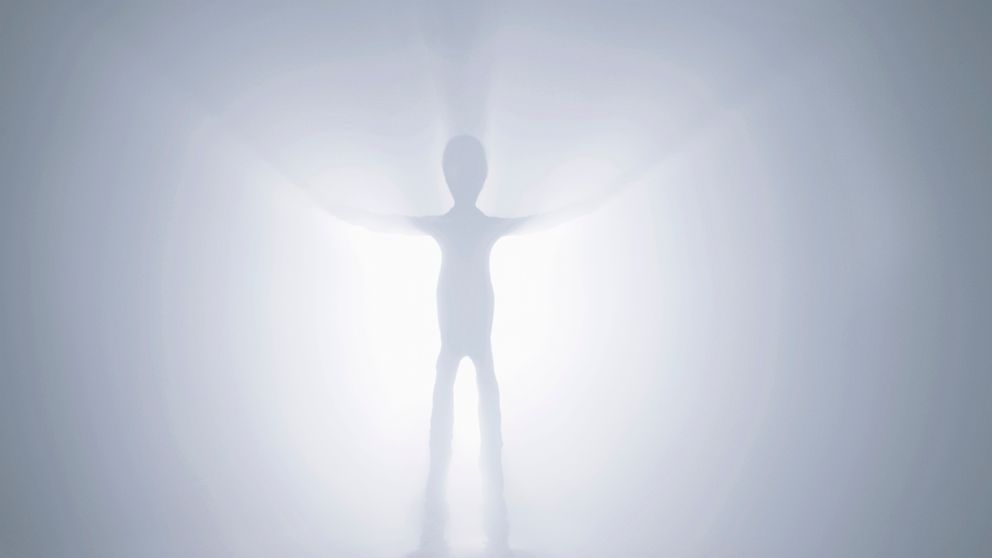Want to Find ET? Look for Air Pollution
Scientists say some atmospheric contaminants may be ET's fingerprint.

— -- After trying unsuccessfully for several decades to eavesdrop on radio signals from outer space, scientists are looking at a new way to find evidence of intelligent life elsewhere in the universe.
Never mind trying to hear an alien production of "I Love Lucy." Instead, look for signs of air pollution.
No kidding.
The theory goes like this: Like humans, ET would probably try to harness every source of energy on the planet to build a better life with technological advantages like automatic dish washers and smart phones. That would almost surely result in a heavily polluted atmosphere that might be detectable from Earth.
The idea has been around awhile, but the discussion has centered on the typical byproducts of fossil fuel consumption -- carbon dioxide and methane gas. But these can be produced by microbes, so instead of finding ET, we might just find a pile of slime.
Progress, but not exactly what most of us had in mind.
Researchers at Harvard College and the Harvard-Smithsonian Center for Astrophysics have suggested a way to zero in on ET himself. Don't look for atmospheric chemicals that a bunch of bugs could make. Look for chemicals that could only be produced by an industrial society.
How the Cuckoo Wages an 'Evolutionary Arms Race'
How the Clever Hummingbird Tortures Scientists
How The Naked Mole Rat Could Help You Live Longer
One likely target would be chlorofluorocarbons (CFCs), the human-made compounds that were destroying the earth's ozone and which were banned by much of the world several years ago. These compounds were primarily used for refrigeration and as solvents, and if they exist in another planet's atmosphere, they must have been invented by an industrialized society.
However, the inevitable result would be air pollution, so maybe what we are really looking for is a sign of "unintelligent life," Harvard physicist Henry Lin, lead author of a study to be published in The Astrophysical Journal, said in a telephone interview.
Lin and colleagues Gonzalo Gonzalez Abad and Abraham Loeb are serious about their proposal, although Lin agreed that it's a long shot, and nothing on the planet today could carry out the research to see if they are on the right track. But the James Webb Space Telescope, scheduled for launching in 2018, might be able to pull it off.
The researchers contend the logical place to start would be with stars called white dwarfs, which are nearing the end of their lives. White dwarfs are in a cooling phase, and as they burn their resources they shrink, so "a white dwarf roughly the same temperature as the sun would be about the size of the Earth," Lin said.
Although many scientists believe white dwarfs probably have planets, none have been found so far. A planet about the size of the Earth, circling a white dwarf of nearly the same size, would be an ideal target for a telescope designed to analyze the chemical composition of anything in its sight, including the atmosphere of distant planets.
Since both bodies are the same size, "a larger fraction of the starlight from the white dwarf gets filtered by the atmosphere" of the planet as it passes between the star and the telescope, Lin said. How the starlight is refracted by chemical compounds in the atmosphere would reveal what is in the planet's air.
So a white dwarf would produce a "much, much better signal," greatly increasing the odds that CFCs could be found, he added.
Sounds promising, but Lin readily agrees it's no slam dunk.




